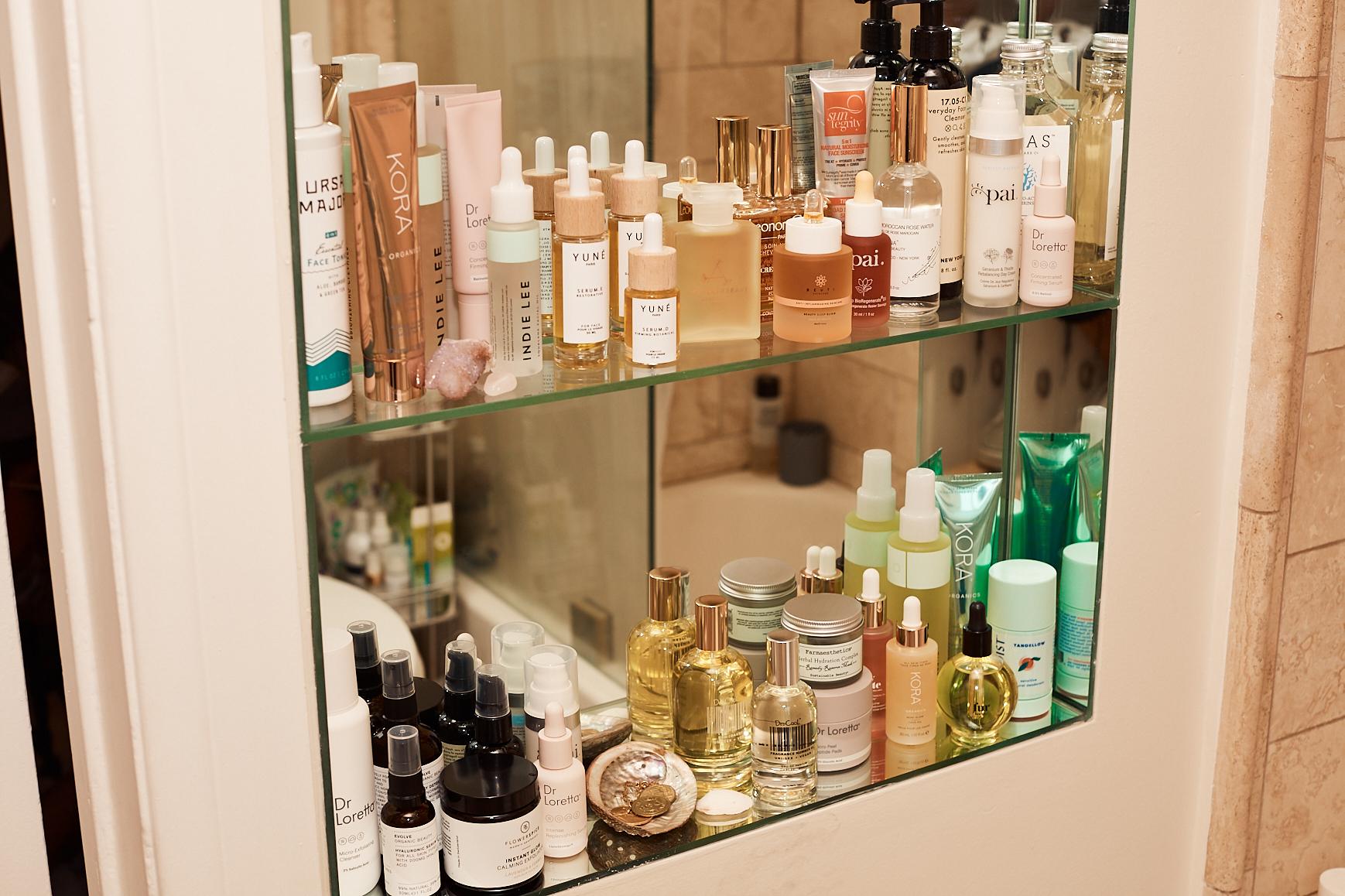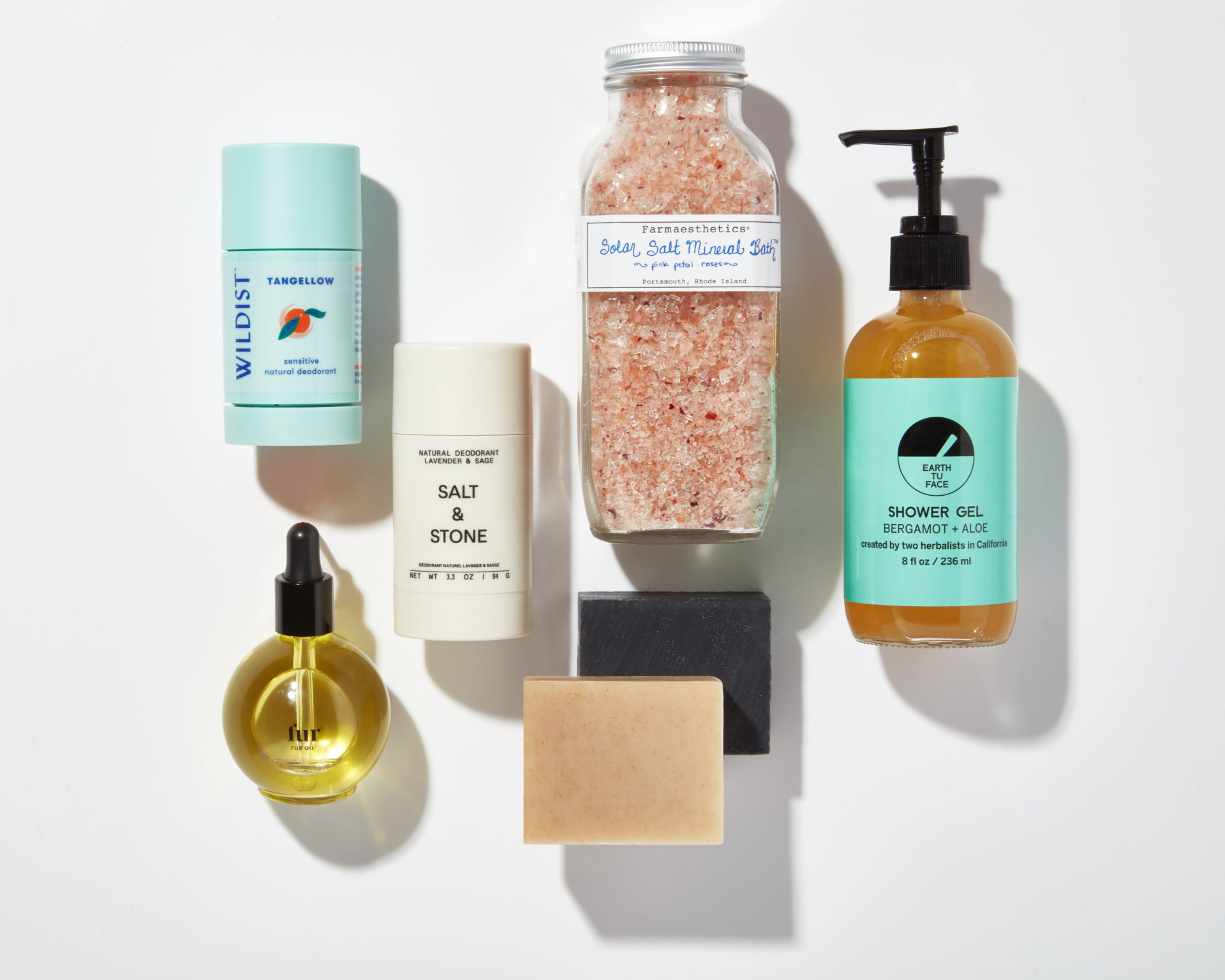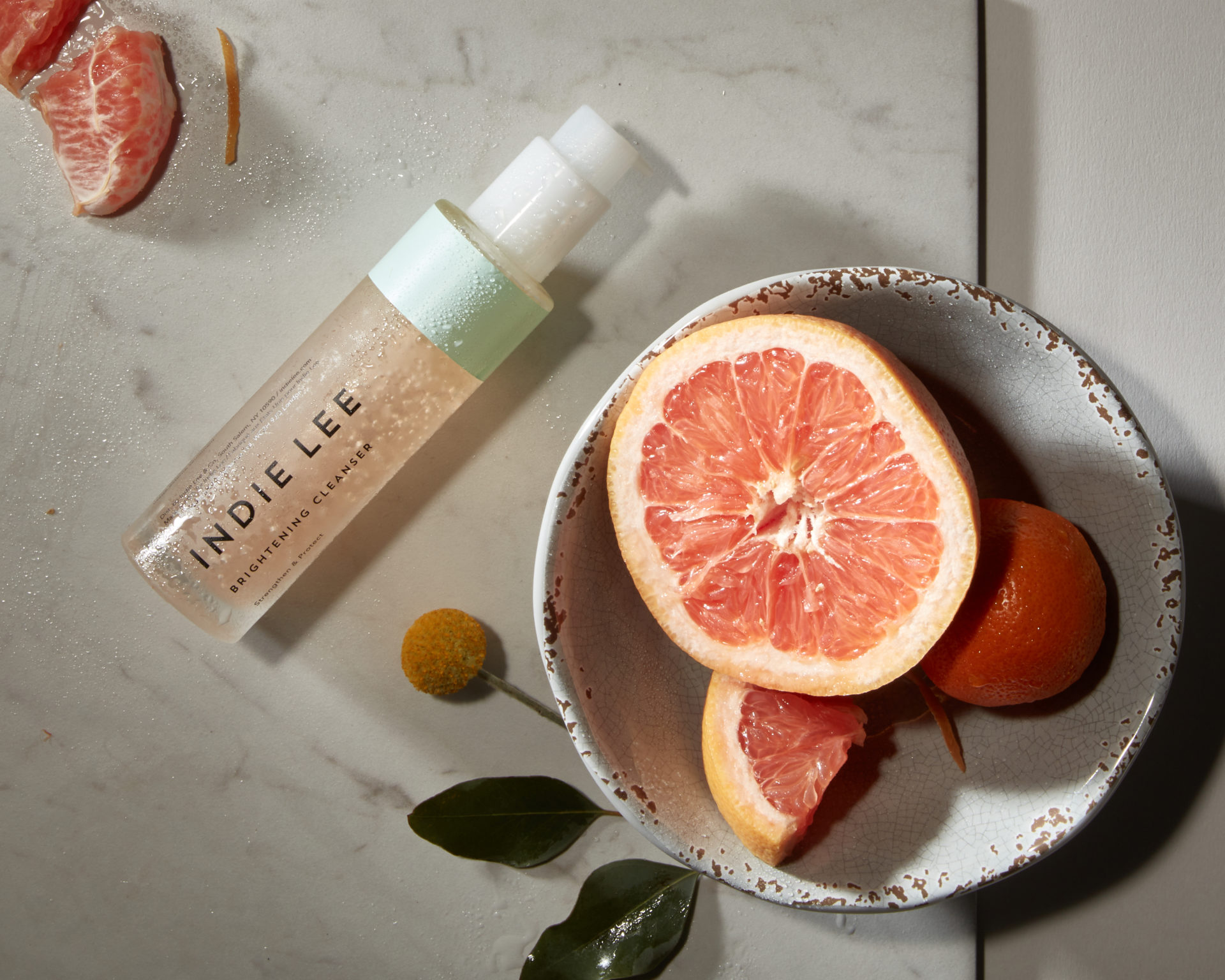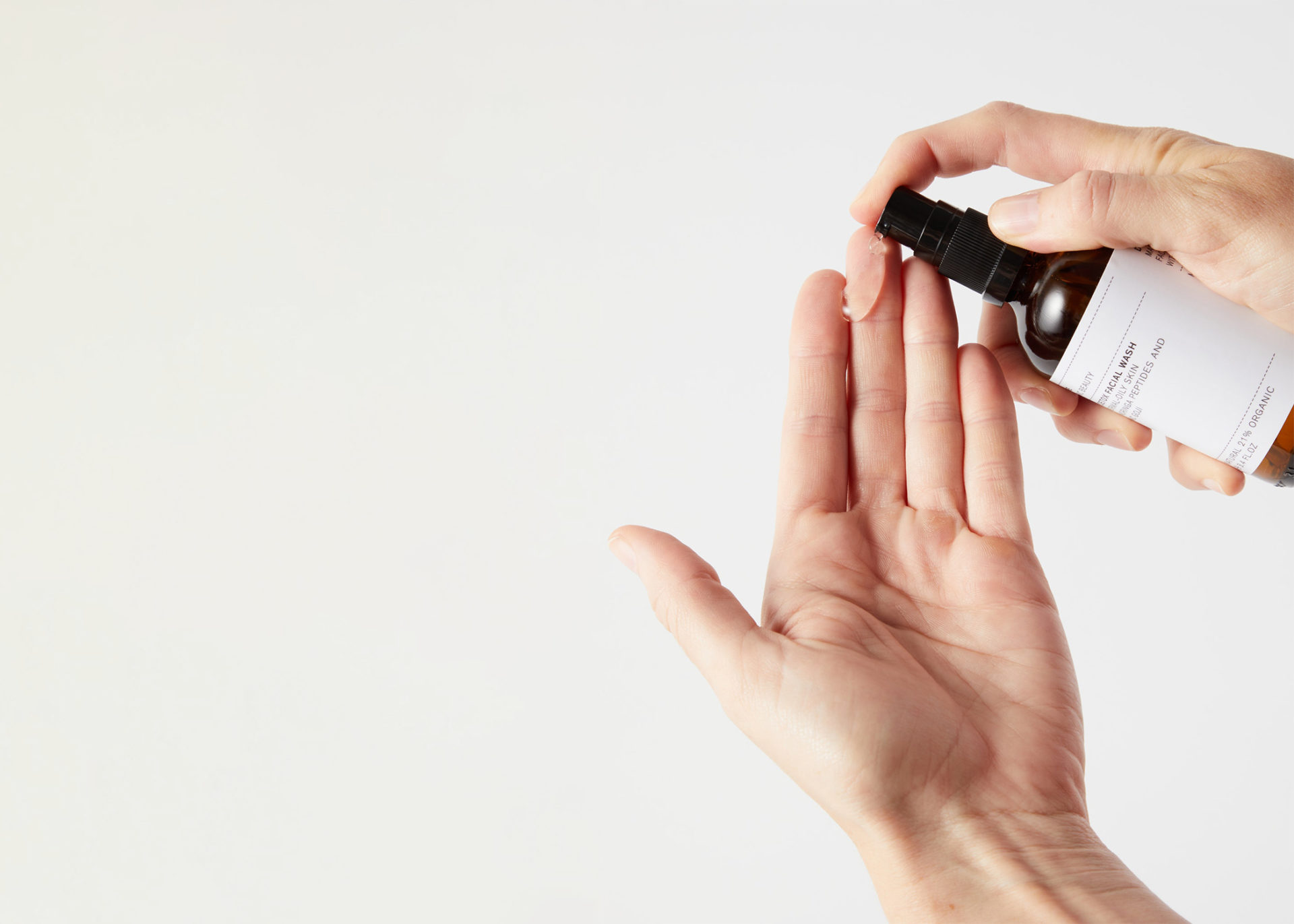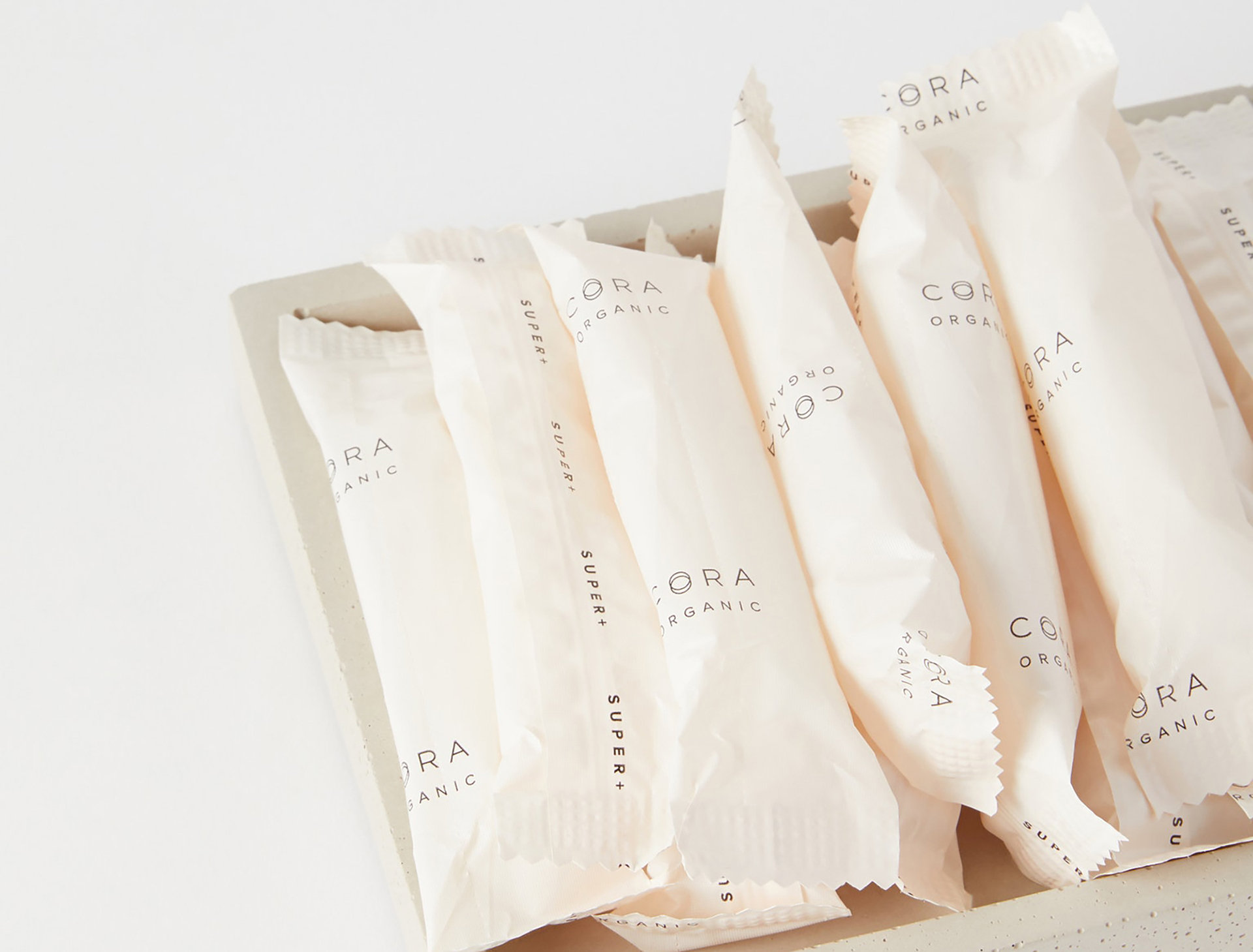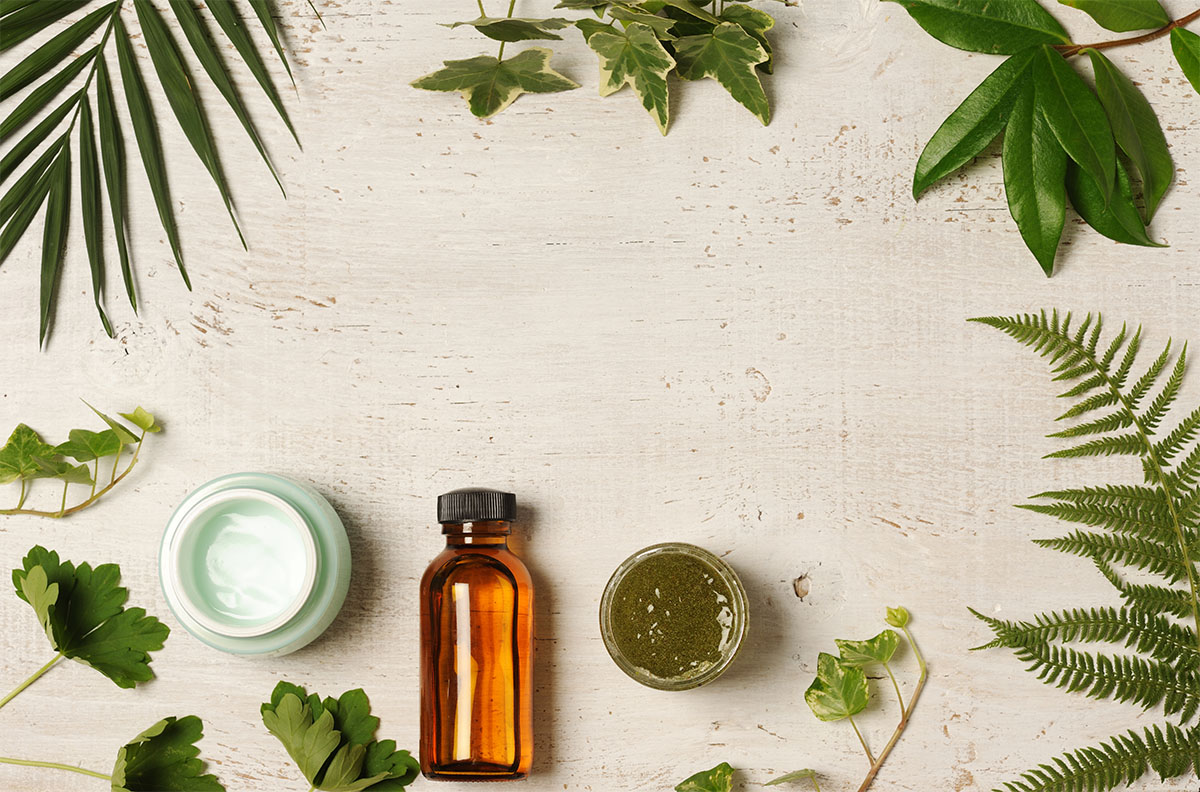Spend enough time reading the descriptions of beauty products and you may get the sense that your skin is either a) a sponge ready to soak up any and all helpful ingredients or b) a fragile membrane with a bunch of holes that are always getting clogged or too big. Okay, we know it’s neither of those things — we’ve looked in the mirror and seen pictures. But that still raises the question: How does skin absorption work? Is our skin actually absorbing all the lotions and potions we put on it? And is it also taking in evil toxins?
How Dermal Absorption Works
First, here’s what the skin looks like. It’s made of three layers: the hypodermis (the innermost layer with fat and connective tissue), the dermis (collagen, connective tissue, blood vessels, hair follicles and sweat glands) and the epidermis (the outermost layer).
The top layer of the epidermis, called the stratum corneum, is the barrier between us and the world. It’s made of dead skin cells called corneocytes, which are arranged like bricks and connected by desmosome, with lipids (fatty acids) floating between them like mortar. On top of that is the acid mantle, your first layer of defense against microbes. In healthy skin, that barrier blocks out invading substances and locks in moisture. But when you put something on your skin, it can permeate that top layer.
“Skin absorption is based on the thickness of the outer layer of the skin, the stratum corneum and the ability of a substance to get past the ‘bricks and mortar’ components of the skin,” says Dr. Maral Skelsey, director of the Dermatologic Surgery Center and clinical associate professor at Georgetown University School of Medicine.
Some ingredients (but not many) get in through the hair follicles and sweat gland pores. Others go between the corneocytes or right through them via diffusion (that’s when substances naturally move from a crowded area to a less busy one).
“The condition of the skin has a big impact on substance absorption,” Skelsey says. The best skin absorption areas are places where the skin is thin (e.g., your eyelids) and where it’s hydrated.
“[Substances are also] better absorbed in skin is that is inflamed or broken, either through injury or deliberately — for instance, after microneedling, where small channels are made in the skin,” Skelsey says.
What Can Be Absorbed Through the Skin?
The chemists mixing up your go-to creams know a lot about skin absorption, which is why they might choose to put active ingredients in a watery serum or emollient oil so they can be easily absorbed by the skin.
“The delivery vehicle in the product is what enables absorption or penetration,” Dr. Michele Green, a board-certified dermatologist in New York City, says. “Serums can absorb very quickly because they’re liquid. In my office, I give people a vitamin C serum or an anti-aging serum, just to help penetrate the skin, because it absorbs almost immediately.”
On the other hand, some products may include an occlusive ingredient (something thick, like petrolatum or dimethicone).
“Applying a product with occlusion — a covering like a bandage or Saran wrap — will [also] increase absorption,” Skelsey explains. These occlusive ingredients sit on top of the epidermis and prevent the other active ingredients from evaporating.
Chemists may also add ingredients that mess with your skin’s barrier. Sodium laurel sulfate, dimethyl sulfoxide, propylene glycol and other alcohols are all used for this purpose. They can be very irritating to the skin, which is why some people choose to avoid them.
The other factor is the molecular structure of the ingredients. “If the molecular structure of a substance is too large, it cannot be absorbed through the skin,” Green says.
Vitamins C, B3 and E, as well as hyaluronic acid, are all easily absorbed. Some companies have even chosen to market their hyaluronic acid — a moisture-binding ingredient — as having a low molecular weight, just so you know it’s easily absorbed (look for 50-1000 kDa, the ideal effective size for HA).
How Peptides Help With Skin Absorption
The skin barrier is also why we can’t just slather collagen onto our faces to rid ourselves of wrinkles. Proteins like collagen are too big to get through. Instead, many creams and serums contain peptides, which can penetrate and help our skin’s own collagen production.
“Signal peptides consist of amino acids, which tell the protein where in the cells it needs to go to stimulate collagen production and increase elasticity,” Green says. “Carrier peptides deliver the enzymes to cells to stimulate collagen and elastin. Inhibitor peptides prevent nerve signals that contract muscles, restrict movement and soften the appearance of the lines, similar to [Botox].”
Yup, the Bad Guys Get in Too
If you’re interested in clean beauty, it’s probably because you know your skin is also absorbing potentially harmful chemicals. Though most substances don’t make it past the epidermis, a few have molecules small enough to reach the dermis and other connected systems of the body. This is why studies have shown that sunscreen ingredients like oxybenzone show up in people’s bloodstreams.
“Checking your label and reviewing the list of ingredients is important,” Green advises. “Your products should not contain parabens, propylene glycol and ethanolamine compounds, among others.”
Can You Draw Out Toxins?
So if the skin takes in bad stuff, should we be trying to remove it that way too — say through purifying masks?
“Detox masks can be beneficial by removing impurities from the pores,” Green says, but she highly doubts any ingredient would be able to draw toxins out of other skin cells.
Skelsey doesn’t think we should worry about detoxifying. “The skin is its own detoxifier,” she says. Every minute you shed about 30,000 to 40,000 dead skin cells from the epidermis, which is a little bit disturbing to think about, but not if you imagine them taking all those harmful ingredients with them.


